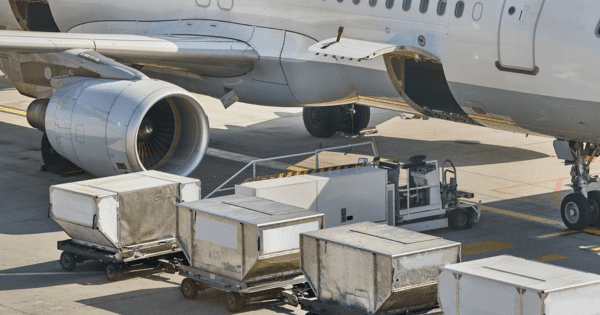Why Air and Ocean Logistics Companies Are Integrating Route Planners Into Their Systems

Businesses trading internationally know how important it is to have a reliable air and ocean logistics company. The company is not only responsible for moving goods on your behalf but also oversees its packing and loading into the carrier. We can all agree that such point-to-point transportation reduces the connection time and the probability of goods getting damaged. However, a shipping company’s effectiveness depends on its ability to plan its transportation schedules and routes.
Routing requirements have become overwhelmingly complex, prompting shipping companies to incorporate solutions that enhance efficiency while reducing costs. One such solution is the use of a route planner. It enables freight shipping companies to identify efficient routes beforehand and accounts for weather forecasts and other eventualities that arise when carrying goods from point A to point B. Keep reading to learn more about this solution.
The Basics of Route Planning
Typically, air and ocean logistics companies operate long-haul routes involving air and ocean vessel transportation. Both routes experience loading and material handling complexities, like the availability of skilled personnel and equipment. There’s also the issue arising from transferring the products using different modes of transport and the subsequent consolidation of the products in the containers. If the logistics company is operating its fleet, it’s easier to develop a route plan. However, developing routes that deal with all of the deliveries and pickups to and from numerous customers is extremely complex. And while the freight forwarder may develop efficient routes, legal regulations may limit their ability to use them.
What Is a Route Planner and How Does It Work?
The route planner enables an air and ocean logistics company to facilitate freight routing, passage planning, and weather routing by identifying the fastest route. It also takes into account the weather conditions when suggesting the best possible route. Once it is integrated into the company’s system, you need to provide information about your vessel’s or plane’s performance, as it is critical in identifying the best route.
You should then provide your current location and the vessel’s destination and allow the system to calculate the best route for the trip. The software also displays high-resolution maps with up-to-date information regarding the weather, congestion, traffic, and more. It is this in-depth information that enables a Miami freight forwarder to plan further. If the route planner is optimized for ocean freight solutions, it also allows you to adjust and respond to the daily realities once the ship sets sail. Such flexibility makes route planners a go-to solution for effective shipping.
Why Shipping Companies Should Use a Route Planner
The primary advantage lies in its ability to reduce a company’s monetary investment. This is because the route planner uses an advanced algorithm to determine the most cost-effective routes for the freight forwarding process. The software is designed to develop routes based on real-time data, including the fleet’s availability and the schedule constraints. With this data, the software assigns resources optimally and reduces the overall fleet time on-air or in the ocean. Consequently, the company enjoys:
- Reduced fuel costs
- Fewer accidents and violations
- Reduced vehicle maintenance costs
Another reason a freight company should use a route planner is to reduce transportation delays. Traffic bottlenecks often affect shipping companies. Such congestion not only causes delays but also costs thousands of dollars in operational costs. Air and ocean cargo companies can reduce these costs by identifying less busy routes and shortening the transport time with a route planner.
If you’ve worked in a logistics company, you know that the industry relies on volumes. The more orders they complete, the more revenue earned. However, it can be exhausting for your staff and reduce their overall efficiency. With a routing planner, you can overcome this hurdle because the software ensures route optimization. As a result, the service time is reduced significantly, allowing you to handle more jobs more effectively.
Air and ocean transport have become a go-to solution due to the increasing congestion in road transport. However, as more companies opt for this mode of transport for freight transport, there arises a need to integrate efficient and productive systems. The route planner has proved an effective system for helping air and ocean logistics companies identify the best routes, ultimately reducing transportation time.
